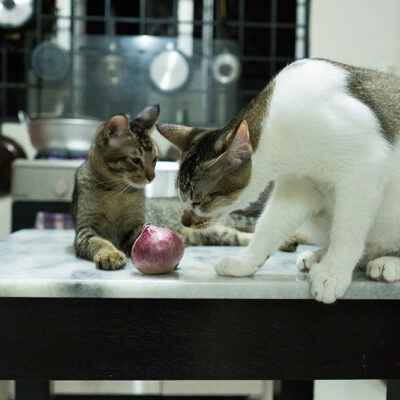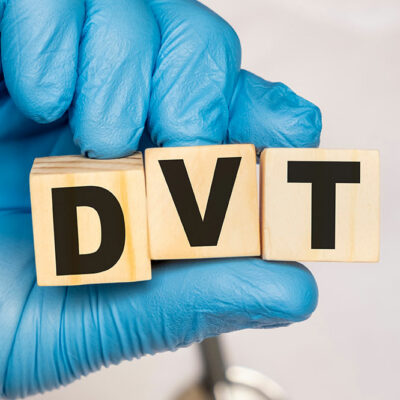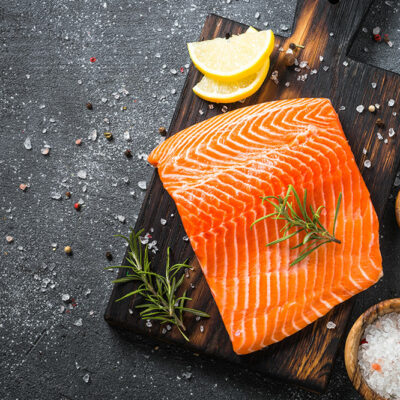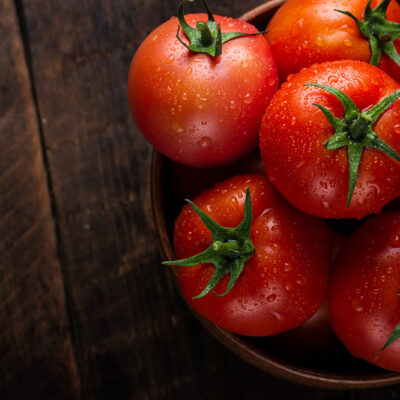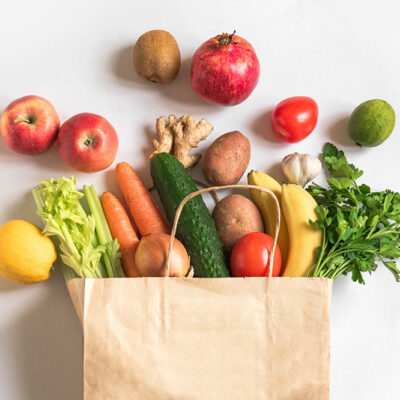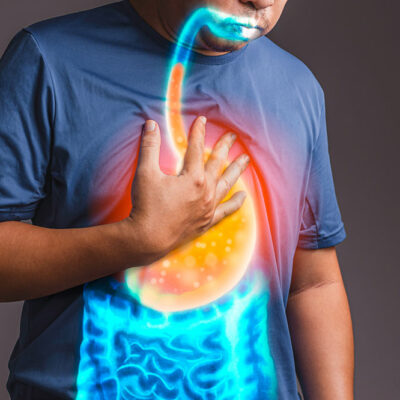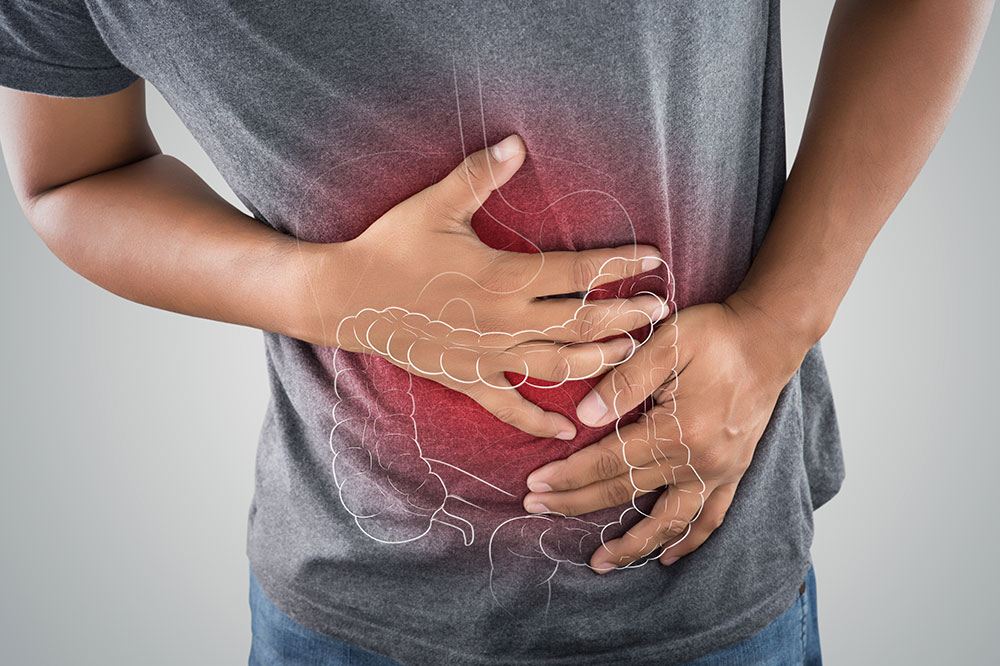
Major Gender-based Differences in Colon Cancer
Colon cancer is the formation of cancerous tumors in the colon or large intestine. Like all cancers, there are four stages depending on the severity. Stage one is when symptoms arise, and cancer has typically metastasized to other organs in stage four. Common symptoms include constipation, diarrhea, changes in stool, rectal bleeding, excessive gas, abdominal cramps, and pain. The American Cancer Society collected statistics and found gender differences in the prevalence of colon cancer. While 1 in 23 men develop this kind of cancer, only 1 in 25 women is affected. The symptoms of the disease are the same in men and women. It is important to remember that most symptoms do not arise in all patients in the early stages. 1. Differences in Symptoms The experiences of men and women with colon cancer are different. Cancer is most common for men in the sigmoid colon, which is the further part of the large intestine. Cancer present in the sigmoid colon or the rectum causes blood in the stools or a persisting urge to use the toilet. Women are less likely to experience such bothersome symptoms since they experience cancer higher up in the colon. An important note here is that colon cancer symptoms are similar to gynecological issues.
Learn More 






